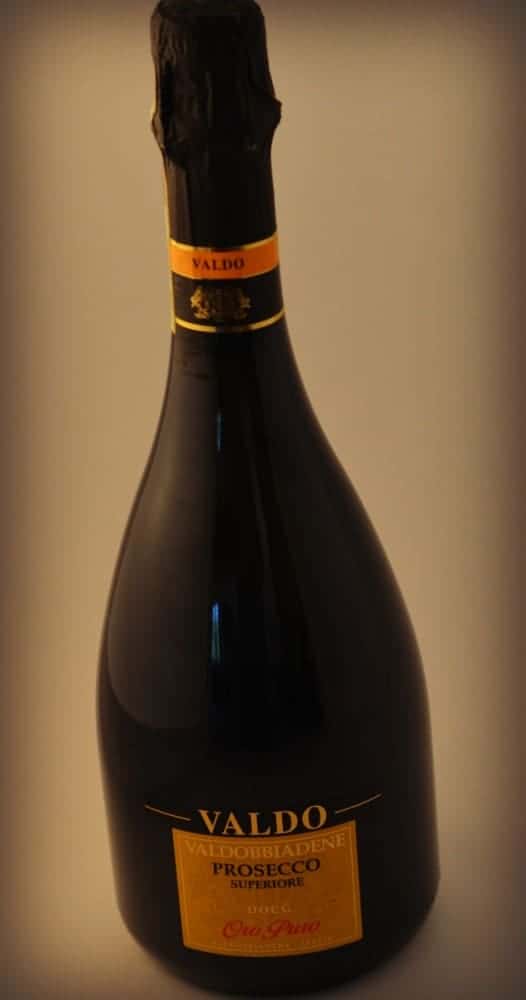Make Your Drink Interesting:
Champagne Production:
Champagne production is an elaborate and painstaking process, and the price reflects this.
Specific details about Champagne Production:
- In order to be called Champagne the grapes must be grown in the Champagne region of France.
- 3 grape varietals can be used in Champagne: Pinot Noir, Chardonnay and Pinot Meunier. Believe it or not, Chardonnay is the only white grape used in Champagne production, both Pinot Noir and Pinot Meunier are dark colored grapes.
- Primary fermentation can be done either in wooden vats, or stainless steel. Primary fermentation is when sugars are converted into alcohol.
- The still wine is then added to bottles and a small mixture of wine, sugar and yeast are added to each bottle and the contents are capped.
- Aging happens on the lees, which means that the yeast is in direct contact with the yeast for a prolonged period, typically 2-3 years, In the case of vintage Champagne, aging on the lees can be much longer.
- The aging process adds the yeasty, brioche, marzipan quality that we find in many Champagnes.
- Disgorgement removes the yeast from the liquid, leaving the Champagne clear of sediment.


Prosecco Production:
Prosecco utilizes a few different techniques to make it a faster production time and a more reasonable price point.
- Prosecco is produced in the Veneto and Friuli Venezia Giulia region of Northern Italy.
- Glera is the main grape of Prosecco
- Primary and secondary fermentation are usually done in large stainless steel tanks.
- Secondary fermentation of Prosecco is typically done in large pressurized stainless steel containers.
- Prosecco showcases fresh fruit characters like apple, pear, and stone fruit.
- Typically there is less pressure in a bottle of Prosecco vs a bottle of Champagne due to the production method.
Prosecco is usually much more approachable from a price perspective vs Champagne. $10-$20 for a decent bottle of Prosecco vs $25 – $50 for a entry level Champagne
Champagne tends to have a yeasty, biscuity flavor profile as well as some fruit as well, usually in the form of citrus, apples and pears. Champagne can also hold up to aging for much longer than Prosecco.
Prosecco usually has a fresh fruit focus with just a touch of that yeast profile. The fruit focus is more dominated by apple, pear and stone fruit.
Fall of 75 Cocktail
1.0 oz Gin
.75 oz Lemon juice
.50 oz rosemary, sage and ginger syrup *
Top with Prosecco

Add gin, Lemon juice and Syrup to a mixing tin filled with ice and shake to chill and dilute. Fine strain into a champagne flute and top with prosecco. Garnish with a lemon twist.
Heat one cup of water to a low boil and add 1 cup of refined sugar. Remove from heat and add 5-7 sprigs of fresh rosemary about 6″ in length, 10-15 fresh sage leaves and a piece of chopped ginger roughly the size of your little finger. Allow the syrup to cool and remove the herbs prior to use.
Do you have any favorite Prosecco or Champagne cocktail? Leave us your creations in the comment



